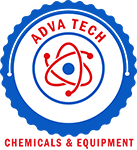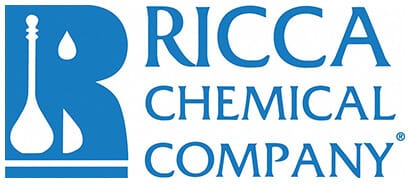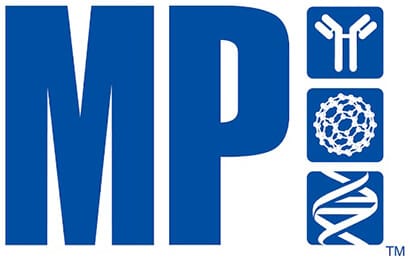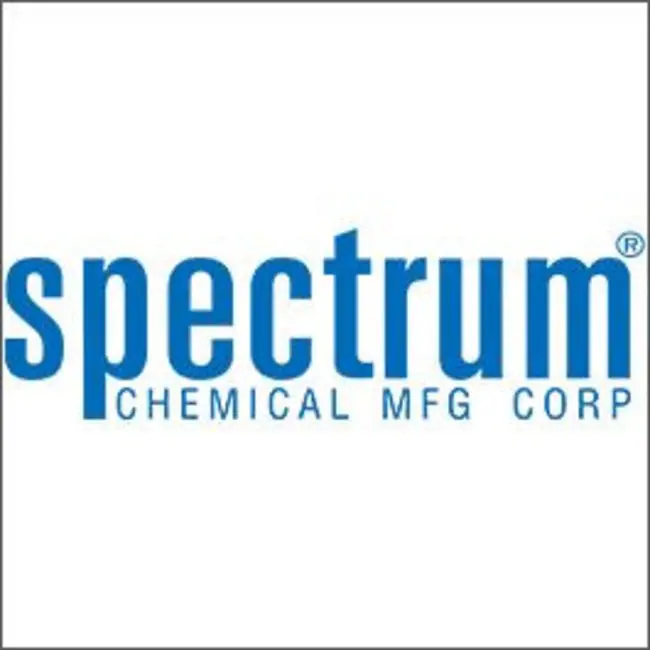100 g
Showing 251–300 of 815 results
-
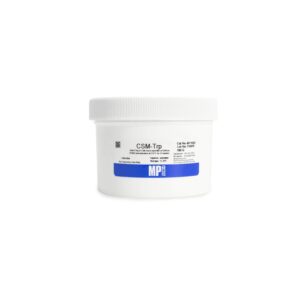
CSM-TRP
$539.06 Add to cart View Product DetailsSingle dropout formulation ( without L-Tryptophan) of Complete Supplement Mixture (CSM) of amino acids for S. cerevisiae growth media.
-
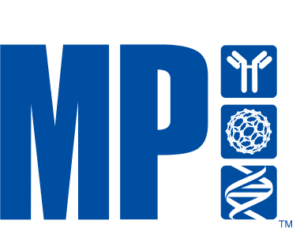
CSM-TRP with 20 mg/L ADE
$495.94 Add to cart View Product DetailsSingle dropout formulation (without Tryptophan) with elevated Adenine of Complete Supplement Mixture (CSM) of amino acids for S. cerevisiae growth media.
-
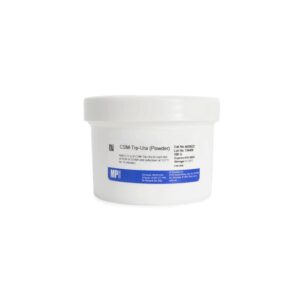
CSM-TRP-URA
$507.59 Add to cart View Product DetailsDouble dropout formulation (without Tryptophan and Uracil) of Complete Supplement Mixture (CSM) of amino acids for S. cerevisiae growth media.
-
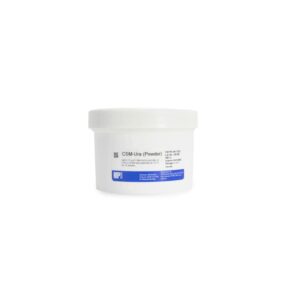
CSM-URA
$495.94 Add to cart View Product DetailsSingle dropout formulation ( without Uracil) of Complete Supplement Mixture (CSM) of amino acids for S. cerevisiae growth media.
-
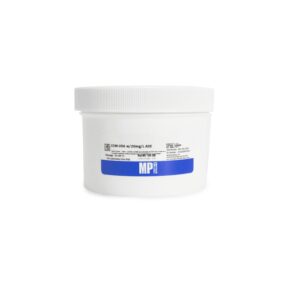
CSM-URA with 20 mg/L AD
$495.94 Add to cart View Product DetailsSingle dropout formulation (without Uracil) with elevated Adenine of Complete Supplement Mixture (CSM) of amino acids for S. cerevisiae growth media.
-
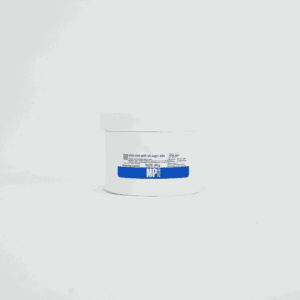
CSM-URA with 40 mg/L ADE
$392.70 Add to cart View Product DetailsSingle dropout formulation (without Uracil) with elevated Adenine of Complete Supplement Mixture (CSM) of amino acids for S. cerevisiae growth media.
-

Cupric chloride, dihydrate
$67.21 Add to cart View Product DetailsCupric Chloride, Dihydrate
-

Cupric nitrate, hydrate
$57.27 Add to cart View Product DetailsCupric Nitrate Hydrate
-

Cuprous chloride, ACS
$113.84 Add to cart View Product DetailsCuprous chloride, ACS
-

Cytidine
$529.08 Add to cart View Product DetailsCytidine
-

D-(-)-Arabinose
$155.33 Add to cart View Product DetailsD-(-)-Arabinose
-
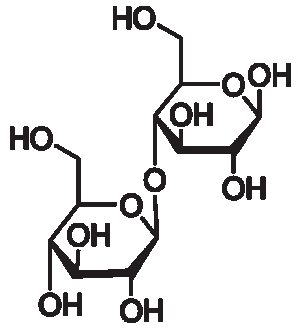
D-(+)-Cellobiose
$245.01 Add to cart View Product DetailsD-(+)-Cellobiose
-

D-(+)-Galactose (from plant)
$59.00 Add to cart View Product DetailsD-Galactose is an aldo hexose.
-
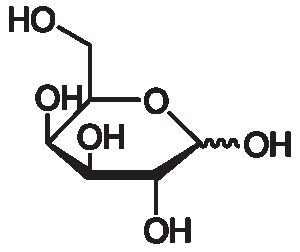
D-(+)-Galactose, anhydrous, cell culture reagent, ≥98%
$70.91 Add to cart View Product DetailsD-(+)-Galactose, anhydrous, cell culture reagent, ≥98%
-

D-(+)-Glucosamine hydrochloride
$101.14 Add to cart View Product DetailsD-(+)-Glucosamine Hydrochloride
-
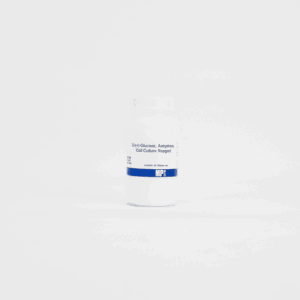
D-(+)-Glucose, anhydrous, cell culture reagent
$32.97 Add to cart View Product DetailsD-(+)-Glucose
-

D-(+)-Maltose monohydrate, ~99%
$66.70 Add to cart View Product DetailsD-(+)-Maltose Monohydrate
-
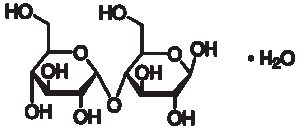
D-(+)-Maltose monohydrate,≥95%
$65.75 Add to cart View Product DetailsD-(+)-Maltose Monohydrate
-

D-(+)-Mannose
$138.14 Add to cart View Product DetailsD-(+)-Mannose
-
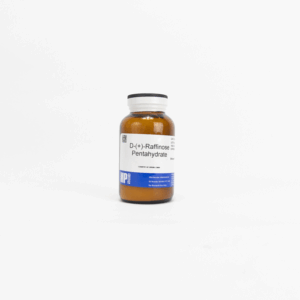
D-(+)-Raffinose Pentahydrate
$263.80 Add to cart View Product DetailsBulk powder, easily weighed to make custom batch sizes.
-

D-(+)-Raffinose pentahydrate, >98%
$241.11 Add to cart View Product DetailsD-(+)-Raffinose Pentahydrate
-

D-(+)-Trehalose dihydrate, ≥98%
$310.34 Add to cart View Product DetailsD-(+)-Trehalose Dihydrate
-

D-(+)-Trehalose dihydrate, cell culture reagent, >99%
$269.51 Add to cart View Product DetailsD-(+)-Trehalose Dihydrate
-

D-(+)-Xylose
$33.82 Add to cart View Product DetailsD-(+)-Xylose
-

D-Glucosamine sulfate
$126.06 Add to cart View Product DetailsD-Glucosamine sulfate
-

D-Isoascorbic acid
$36.19 Add to cart View Product DetailsD-Isoascorbic acid
-

D-Myo-Inositol
$74.05 Add to cart View Product DetailsD-Myo-Inositol
-
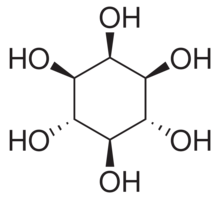
D-Myo-inositol, cell culture reagent
$84.97 Add to cart View Product DetailsD-Myo-Inositol
-

D-Pantothenic, acid calcium salt, cell culture reagent
$66.11 Add to cart View Product DetailsD-Pantothenic Acid Calcium Salt
-

D-Pantothenic, acid calcium salt, USP
$333.56 Add to cart View Product DetailsD-Pantothenic Acid, Calcium Salt
-

D-Sorbitol, molecular biology reagent
$36.96 Add to cart View Product DetailsD-Sorbitol
-
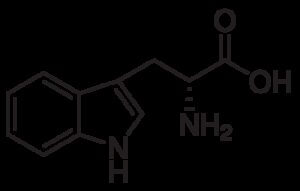
D-Tryptophan
$448.59 Add to cart View Product DetailsD-Tryptophan
-

Deoxycholic acid
$94.37 Add to cart View Product DetailsDeoxycholic Acid
-

Deoxycholic acid, sodium salt
$110.48 Add to cart View Product DetailsDeoxycholic Acid Sodium Salt
-

Deoxyribonucleic acid, sodium salt
$1,415.58 Add to cart View Product DetailsDeoxyribonucleic Acid Sodium Salt
1,230.94 -

Dextran (35,000-50,000)
$323.86 Add to cart View Product DetailsDextran is a high molecular weight polymer of anhydroglucose. It is composed of approximately 95% alpha-D-(1–>6) linkages. The remaining a(1–>3) linkages account for the branching of dextran. Dextran has long and hydrophilic spacer arms that improves the performance of immobilized proteins acting on macromolecules.
-

Dextran sodium sulfate (6,000-8,000)
$948.74 Add to cart View Product DetailsDextran sulfate is a polyanionic derivative of dextran produced by esterification of Dextran with chlorosulphonic acid. The sulfur content is approximately 17% which corresponds to an average of 1.9 sulfate groups per glucosyl residue of the dextran molecule. Dextran sulfate sodium (DSS) is the sodium salt which is a white to off-white powder freely soluble in water and salt solutions to form a stable, clear solution. The high purity and reproducible quality enables its application in pharmaceuticals and biotechnology industry.
-

Dextran Sulfate Sodium Salt
$306.99 Add to cart View Product DetailsDextran Sulfate Sodium Salt (400,000-600,000 M.Wt)
-
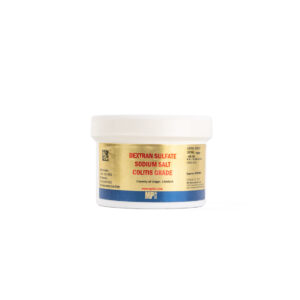
Dextran sulfate sodium salt, colitis grade (36,000 – 50,000)
$1,435.84 Add to cart View Product DetailsInduces severe colitis (inflamatory bowel disease). Highest sulfur content – 19%. Highest chirality – +104° of specific rotation. Lowest pH – 6.2 at 1% solution
1,248.56 -

Dextran Sulfate Sodium Salt, reagent grade
$816.67 Add to cart View Product DetailsDextran Sulfate Sodium Salt (8,000 (avg) Da M.Wt)
-

Dextran, clinical grade
$143.34 Add to cart View Product DetailsDextran
-

Dextran, clinical grade (60,000-90,000)
$101.86 Add to cart View Product DetailsDextran is branched polysaccharide made up of linear α (1→6) linked glucose units and α (1→3) link initiated branches; it ranges in size from 10,000 to 150,000 Kd.Depending upon its molecular weight it has different uses in different fields.
-
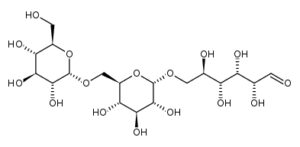
Dextran, MW = 60,000 – 90,000
$96.00 Add to cart View Product DetailsDextran
-

Dextran; MW=40,000
$270.02 Add to cart View Product DetailsDextran
-

Di-2-ethylhexyl phthalate
$43.37 Add to cart View Product DetailsDi-2-ethylhexyl phthalate
-

Diastase
$79.48 Add to cart View Product DetailsDiastase
-
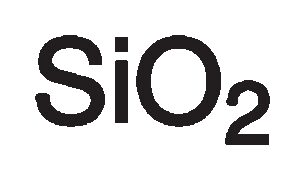
Diatomaceous earth, acid-washed
$29.52 Add to cart View Product DetailsDiatomaceous Earth, Acid-Washed
-
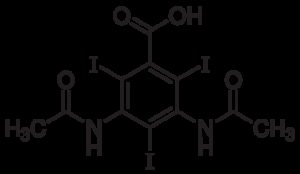
Diatrizoic Acid Dihydrate
$190.57 Add to cart View Product DetailsDiatrizoic Acid Dihydrate
-

Diazolidinyl urea
$78.67 Add to cart View Product DetailsDiazolidinyl Urea
-
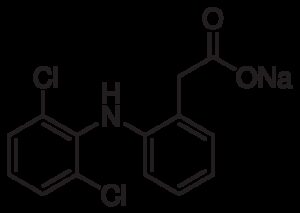
Diclofenac
$378.29 Add to cart View Product DetailsDiclofenac
